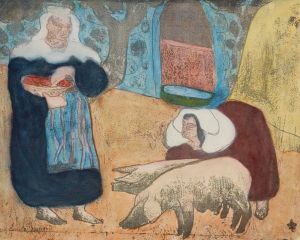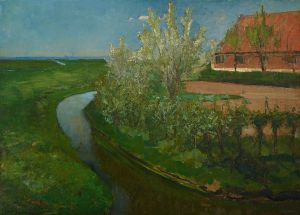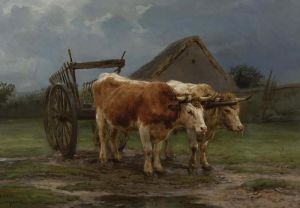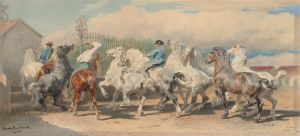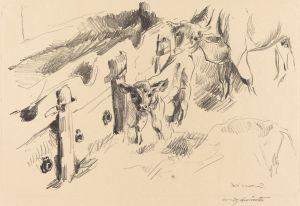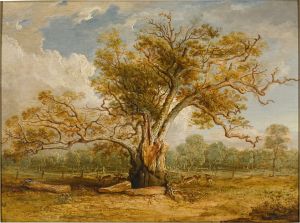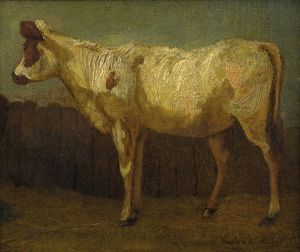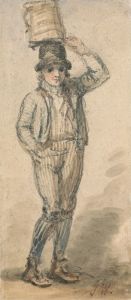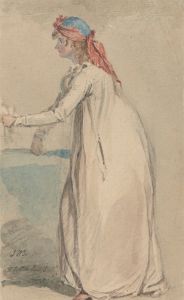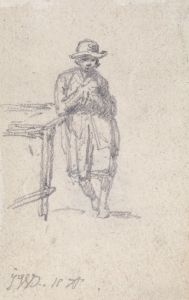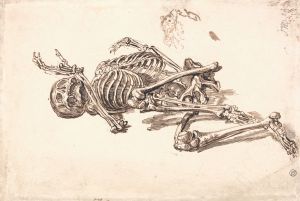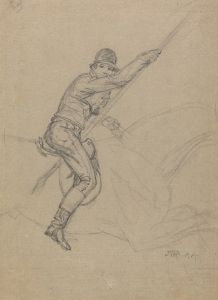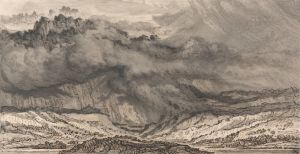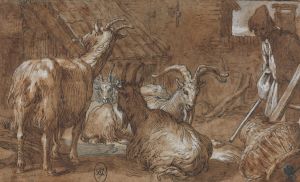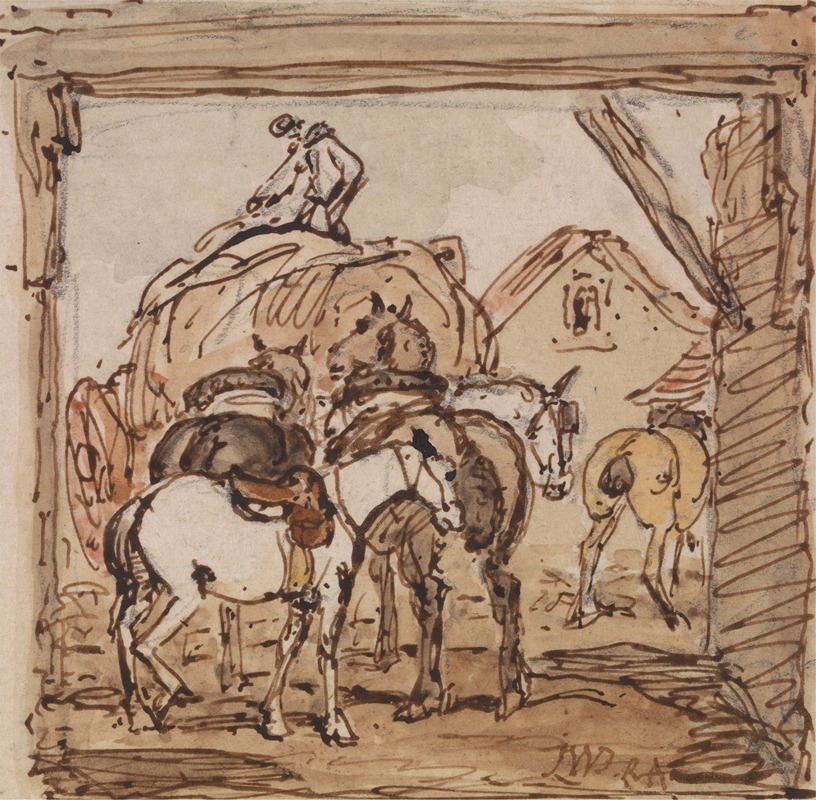
Farmyard and Horses
A hand-painted replica of James Ward’s masterpiece Farmyard and Horses, meticulously crafted by professional artists to capture the true essence of the original. Each piece is created with museum-quality canvas and rare mineral pigments, carefully painted by experienced artists with delicate brushstrokes and rich, layered colors to perfectly recreate the texture of the original artwork. Unlike machine-printed reproductions, this hand-painted version brings the painting to life, infused with the artist’s emotions and skill in every stroke. Whether for personal collection or home decoration, it instantly elevates the artistic atmosphere of any space.
James Ward's painting Farmyard and Horses is a notable example of early 19th-century British art, showcasing the artist's exceptional skill in animal portraiture and rural scenes. James Ward (1769–1859) was an English painter and engraver, renowned for his depictions of animals, landscapes, and rustic life. He was a prominent figure of the Romantic period, and his works often reflected a deep appreciation for nature and the countryside.
Farmyard and Horses captures a tranquil rural setting, featuring horses and other farm animals in a farmyard environment. The painting is celebrated for its meticulous attention to detail, particularly in the rendering of the animals' anatomy and textures. Ward's ability to convey the physicality and character of the horses is a testament to his mastery of animal painting, a genre in which he excelled throughout his career.
The composition of the painting reflects Ward's interest in the harmonious relationship between humans, animals, and their environment. The farmyard setting, with its rustic charm, provides a glimpse into the agricultural life of the time. The naturalistic portrayal of the animals and the surrounding landscape demonstrates Ward's keen observational skills and his dedication to realism.
James Ward was influenced by the works of George Stubbs, another renowned British animal painter, and his own brother-in-law, John Raphael Smith, a prominent mezzotint engraver. Ward's artistic style evolved over the years, and his works often combined elements of Romanticism with a scientific approach to studying nature. His ability to capture the vitality and spirit of animals made him one of the most respected animal painters of his era.
Farmyard and Horses is one of many works by Ward that highlight his fascination with rural life and his commitment to portraying it with authenticity and sensitivity. While specific details about the painting's creation, such as its exact date or current location, are not readily available, it remains an important example of Ward's contribution to British art and his enduring legacy as a painter of the natural world.
James Ward's works, including Farmyard and Horses, continue to be appreciated for their artistic and historical significance, offering insights into the rural landscapes and agricultural practices of early 19th-century England.





